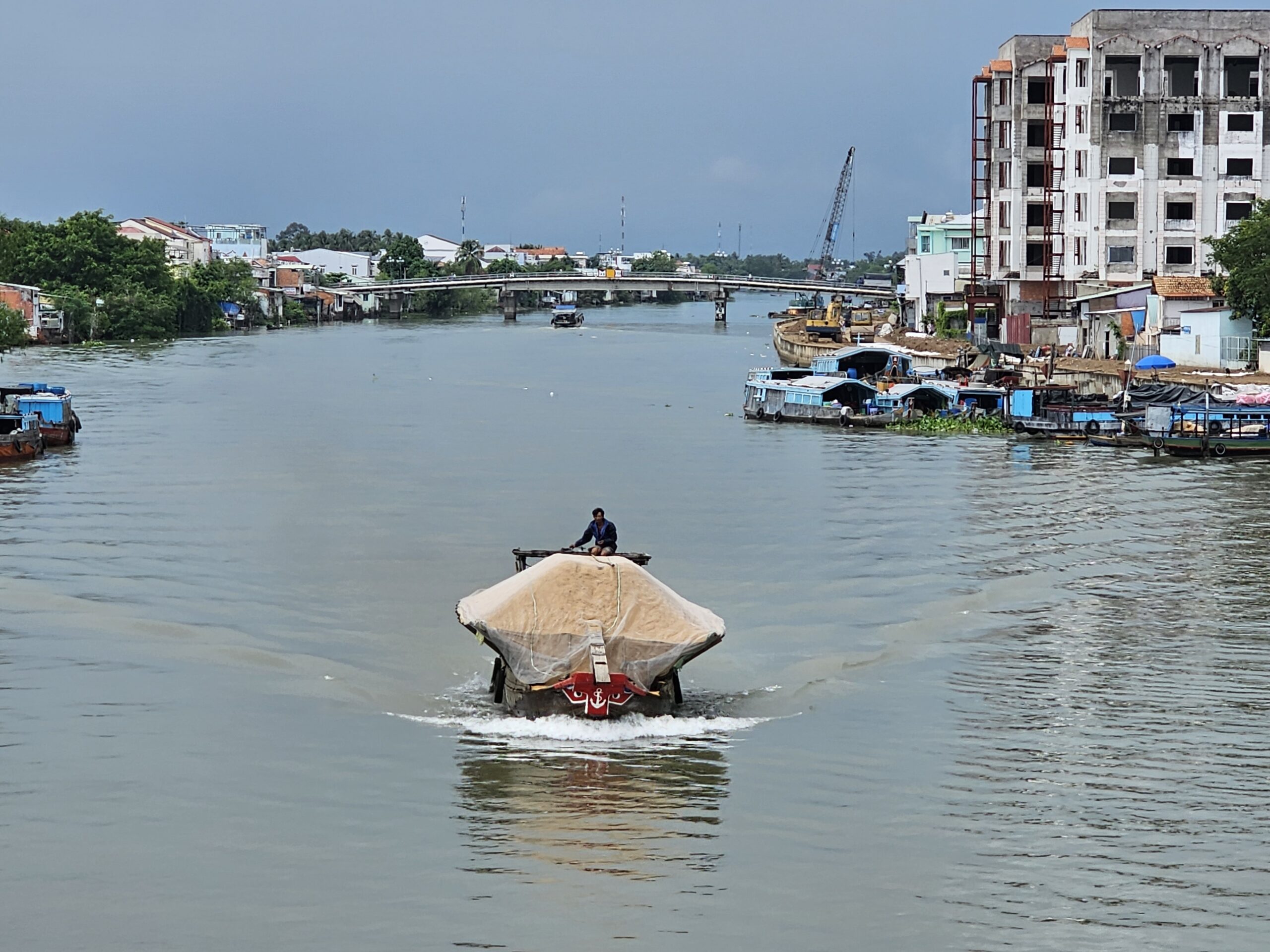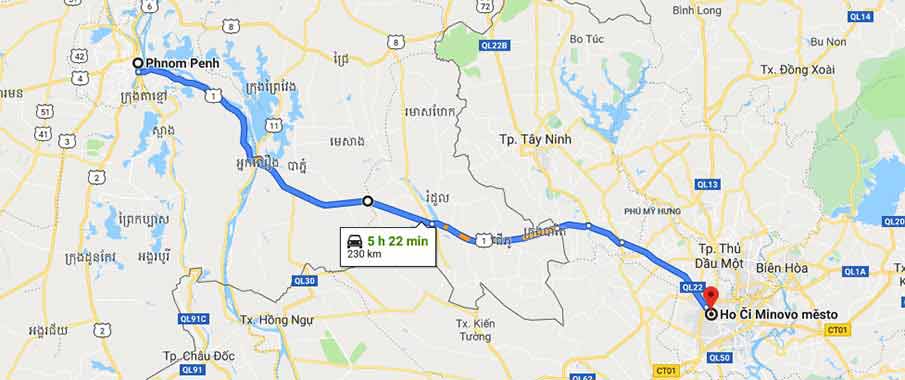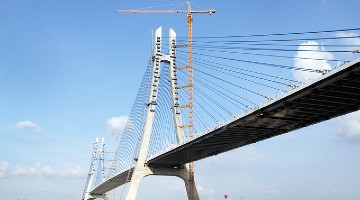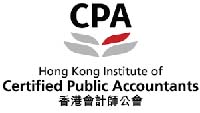
Further inland, last year the government announced plans to build new bridges near the Cambodian border at Tan Chau – Hong Ngu and at Vam Nao. And it will build an expressway from Ho Chi Minh to the Cambodian border at Moc Bai so as to link up with one from Phnom Penh to Bavet, construction of which began last week.

Talking of which, last week also saw the Lowy Institute in Sydney publishing an interactive map of aid to ASEAN countries from 2015 – 21. It covers 97 development partners involved in the region which have together spent $200 billion and committed a further $298 billion across an astonishing 107,000 projects – worth getting out of bed for, as the lovely Linda Evangelista might have said. Of this, China has spent $38 billion and committed $96 billion over 356 projects, (other estimates of BRI relate to its global reach rather than to just ASEAN), compared to the World Bank’s $29 billion spent and $33 billion committed over 2,900 much smaller projects; the ADB’s $31 billion spent and $43 billion committed over 442 projects; and the US $8 billion spent and $8 billion committed over 18,900, again much smaller projects.
Together, these data reinforce the previous message from Logie Group that debtor governments / sponsors should take advantage of current geopolitical tensions and competing appetites to lend / invest and set up some competition by trading off offers of finance from one country against those from others. The view from back here in HK is that HK Inc won’t invest or lend much given the risk profile of most BRI projects but it has the full suite of professional services – including Logie Group on how to raise the finance – to ensure that due diligence on those projects is conducted thoroughly so as to avoid the sort of red ink that has been spilled on earlier BRI projects.
Also published recently are the 2022 case numbers for disputes being handled by the HKIAC and the SIAC. The former still leads the latter but these disputes arose from deals signed several years ago. These days, dispute resolution clauses in deals are increasingly shunning HK (may be firewalled) as a seat given the political climate. Time for reassuring messages?
In the meantime, my view is of Florentijn Hofman’s 18 – metre high Double Ducks … I must admit, they are kinda cute!








